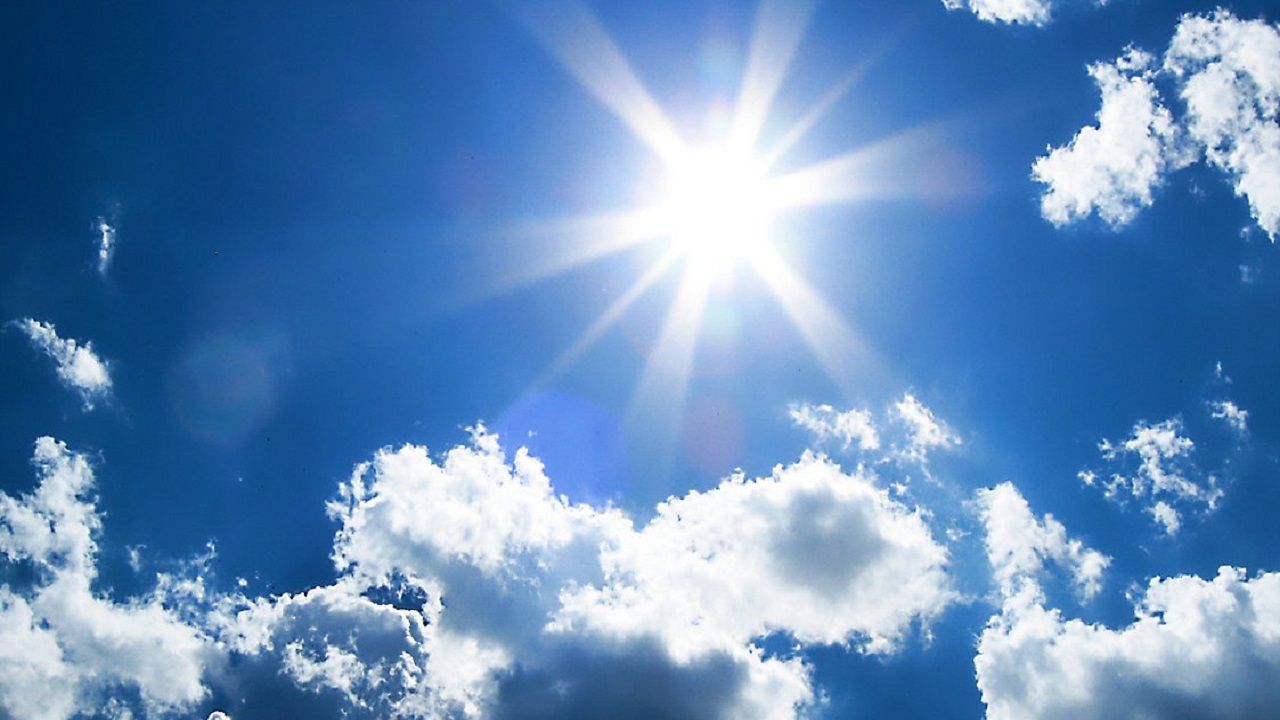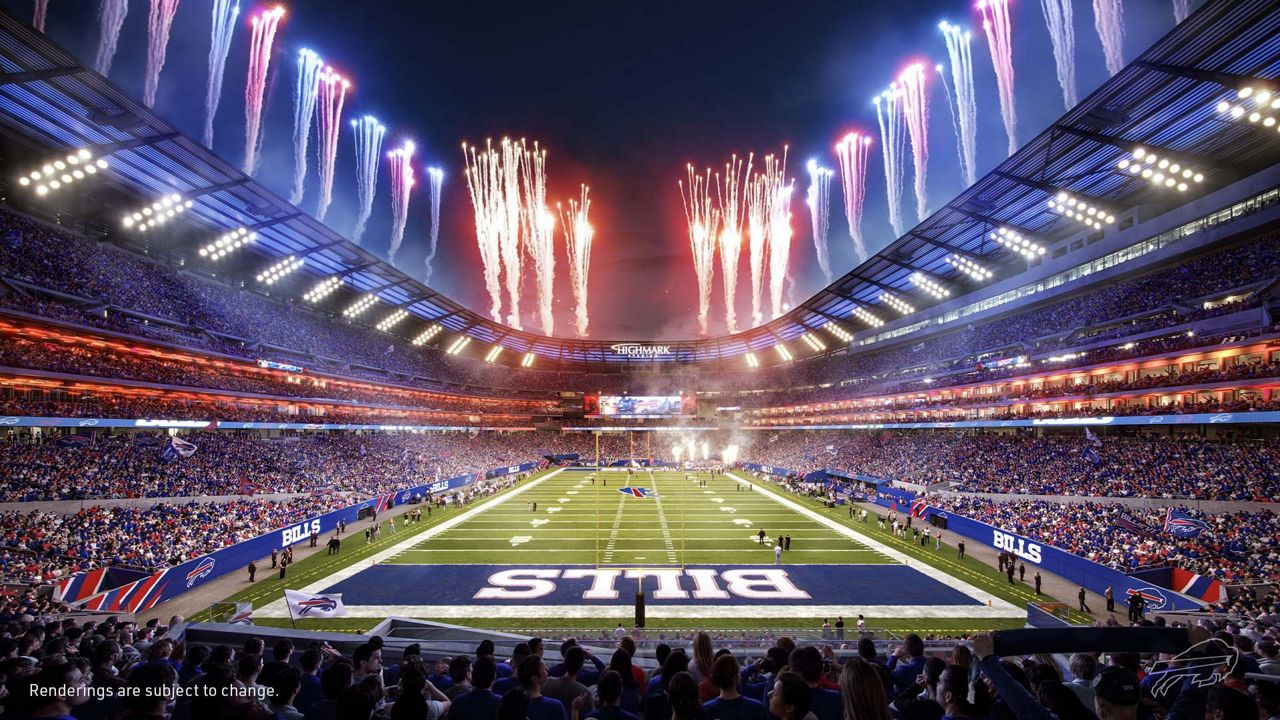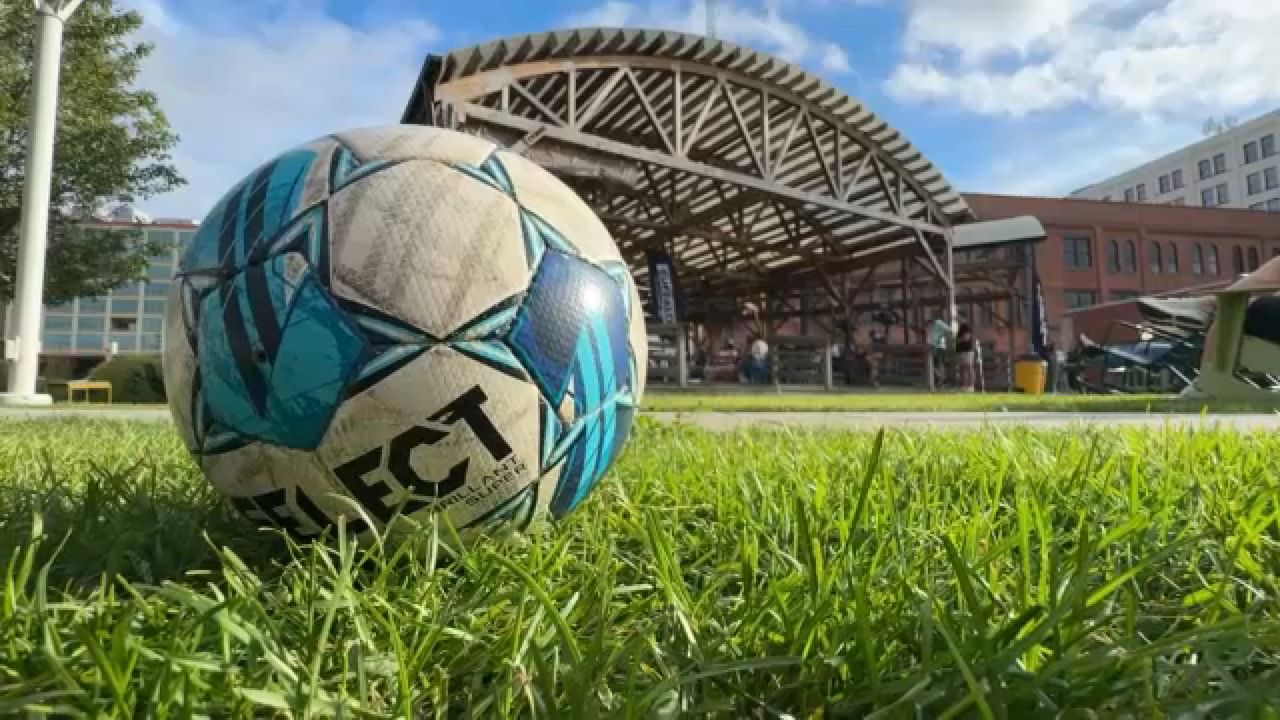BUFFALO, N.Y. — Jennifer Surtees is in the lab at the University at Buffalo’s Jacobs School of Medicine, doing crucial work in the battle to learn more about COVID-19.
"So it becomes really important for us to know what’s happening here locally," Surtees said.
She takes de-identified positive samples from COVID-19 tests and uses a process to find the sequences in the genetic material — and see the different versions of the virus and where they come from. For example, they were able to figure out that the first forms of the virus in Western New York originated in Europe.
"It allows us to track the movement of the virus into our community and within our community to see who is infecting whom," she said.
They’ve also been able to keep tabs on changes in which variants are most prevalent in our area.
"In June we started to see the delta variant,” she said. “And now about 98% or 99% of all the samples we’re sequencing now are the delta variant.”
So far, they’ve sequenced more than 2,000 samples, which come from various health departments and private testing companies.
"What we would like to do is expand our reach even further to get more sequence from around the region and different parts of Western New York," she said.
Western New York-based KSL Diagnostics has provided more than 500 samples, but they’re hoping other testing sites will jump on board to help UB’s studies.
"The work that they do becomes more powerful the more representative that sample is," said Kevin Lawson, KSL Diagnostics president and CEO.
And that can help shape public health policy as we try to combat the virus — sharing information across the state to look at trends in transmission and variants.
"We’ve all come to really build something from scratch and build a network so that we can do this kind of surveillance and really have an impact,” Surtees said.










